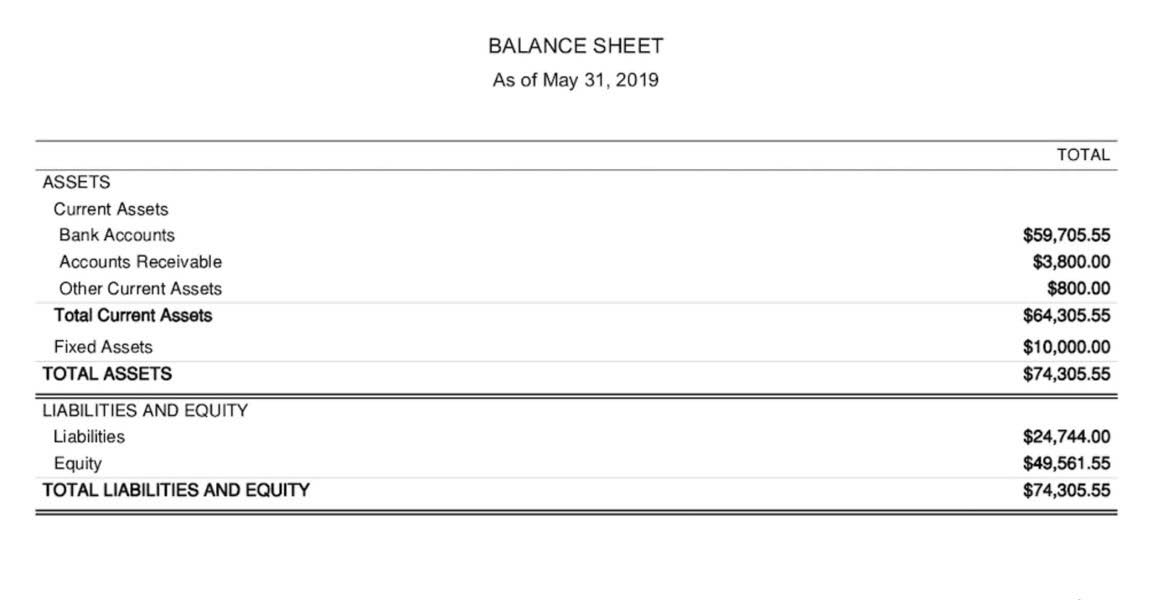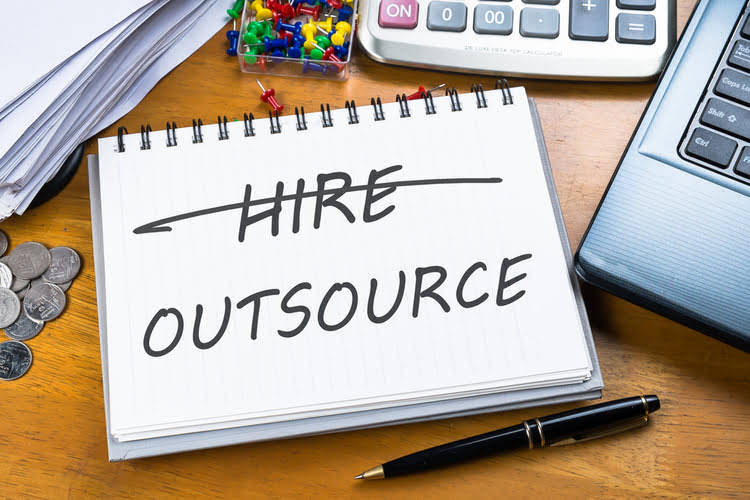What Are Liabilities? Definition, Examples, and Types

If you’re unable to repay any of your non-current liabilities when they’re due, your business could end up in a solvency crisis. In a small business, these usually are simple because they only pertain to basic things, like A/P, loans, salaries, and taxes. However, as your business grows and needs to comply with the US GAAP, there are other types that you must consider for accounting purposes. Liabilities are a component of the accounting equation, where liabilities plus equity equals the assets appearing on an organization’s balance sheet. It is a common business practice to have this type of insurance in place to protect a business from legal claims should they arise.

Current Liabilities: What They Are and How to Calculate Them
Understanding what liabilities are in accounting, as well as the most common examples of each type, can help you track and identify them in your balance sheet. If an individual, company, or government’s annual debts exceed their annual income, one may conclude liabilities are “not good” in that instance. Both individuals and businesses benefit when maximizing assets and minimizing liabilities. Taxes and rent or mortgage payments are often the largest liability of an individual or household. For example, a bakery delivering goods to a coffee shop three times a week may choose to invoice the shop monthly instead of expecting payment during each delivery.
- Finance Strategists has an advertising relationship with some of the companies included on this website.
- Therefore, the company issues bonds to help pay for the additional warehouse.
- These expenses are not considered liabilities since they represent obligations that have already been met.
- Businesses separate current and long-term liabilities based on due dates which help maximize cash flow efficiencies.
- They’re recorded in the short-term liabilities section of the balance sheet.
- Unlike assets, which you own, and expenses, which generate revenue, liabilities are anything your business owes that has not yet been paid in cash.
Contingent liabilities
One of the key steps in planning for future obligations is to thoroughly analyze a company’s balance sheet, identifying both short-term and long-term liabilities. This enables decision-makers to prioritize their payments and allocate resources accordingly. Liabilities are one of 3 accounting categories recorded on a balance sheet, along with assets and equity. Liabilities play a crucial role in evaluating a company’s financial health. By analyzing the types, amounts, and trends of a company’s liabilities, it is possible to gauge its financial position, stability, and risk exposure.
Ask Any Financial Question
Liabilities are the financial commitments and debts that a firm or individual owes to others, and they are critical to understanding the financial health and stability of the organization. Below is a current liabilities example using the consolidated balance sheet of Macy’s Inc. (M) from the company’s 10-Q report reported on Aug. 3, 2019. A common practice is to pay expenses in cash over a short period of time since otherwise the owed amount would become a liability. Long-term debt is the company’s largest long-term liability which likely relates to financing company expansions. This debt category is often notably higher than other categories on the balance sheet of a larger sized company.[5]Verizon. Bonds Payable – Many companies choose to issue bonds to the public in order to finance future growth.

What about contingent liabilities?
However, many countries also follow their own reporting standards, such as the GAAP in the U.S. or the Russian Accounting Principles (RAP) in Russia. Although the recognition and reporting of the liabilities comply with different accounting standards, the main principles are close to the IFRS. A liability is anything that’s borrowed from, owed to, or obligated to someone else. It can be real like a bill that must be paid or potential such as a possible lawsuit. A company might take out debt to expand and grow its business or an individual may take out a mortgage to purchase a home. Information about the size of future cash flows to existing creditors helps investors and potential creditors assess the likelihood of their receiving future cash flows.
- Liabilities are the financial commitments and debts that a firm or individual owes to others, and they are critical to understanding the financial health and stability of the organization.
- The size of the liability also contributes to evaluations of management’s use of leverage.
- No one likes debt, but it’s an unavoidable part of running a small business.
- Accurately accounting for pension obligations can be complex and may require actuarial valuations to determine the present value of future obligations.
- Liabilities are one of the important components of a balance sheet, yet they are often tricky to understand.
- That said, if the lawsuit isn’t successful, then your business would not have any liability.
Understanding Liabilities
This is why it’s critical to understand the differences between current and long-term liabilities. Plus, making sure that they get recorded properly on what are liabilities in accounting your balance sheet is just as important. Accounts payable is the firm’s largest current liability, which is often the case among most businesses.
- The time span within which current liabilities are expected to be paid and long-term liabilities are settled is the fundamental difference between current liabilities and long-term liabilities.
- Most companies will have these two-line items on their balance sheets because they’re part of ongoing current and long-term operations.
- A liability is anything that’s borrowed from, owed to, or obligated to someone else.
- Many first-time entrepreneurs are wary of debt, but for a business, having manageable debt has benefits as long as you don’t exceed your limits.
- One of the key steps in planning for future obligations is to thoroughly analyze a company’s balance sheet, identifying both short-term and long-term liabilities.
- Less common provisions are for severance payments, asset impairments, and reorganization costs.
- It is an internal liability of the business and includes reserves and profits.
These stem from past transactions or events and result in an outflow of resources, usually in the form of money, products, or services. Liabilities are reported on a company’s balance sheet and determine its financial health. A liability is an obligation payable by a business to either internal (e.g. owner) or an external party (e.g. lenders). There are mainly four types of liabilities in a business; current liabilities, non-current liabilities, contingent liabilities & capital.
- Examples of contingent liabilities include warranty liabilities and lawsuit liabilities.
- It invoices the restaurant for the purchase to streamline the drop-off and make paying easier for the restaurant.
- You would use this funding to purchase business assets and fund other areas of your operations.
- Proper recognition and classification of these liabilities are essential for providing accurate and clear financial information to stakeholders.
- Accountants call the debts you record in your books “liabilities,” and knowing how to find and record them is an important part of bookkeeping and accounting.
